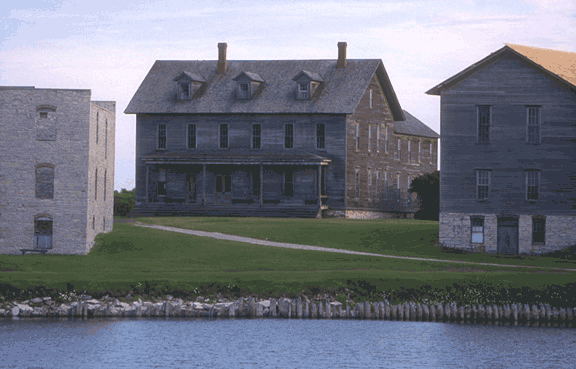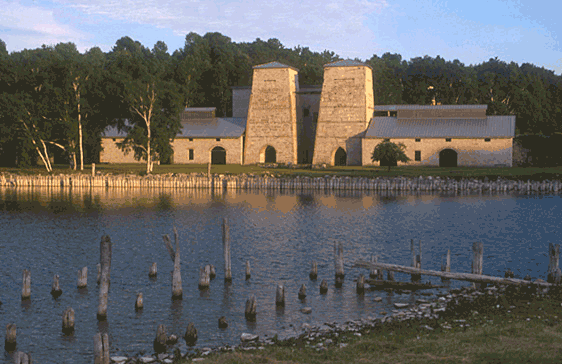

At the conclusion of the 2001 summer field season, archaeologists descended on the ghost town of Fayette, Michigan. During the third quarter of the nineteenth century, Fayette was a leading producer of pig iron in the Mid-West. Operating from 1867 until 1891, this company town supported the Shelton Hotel. Serving as a boarding house, resort, hotel, and saloon, the Shelton Hotel played a large role in the social environment of the town. In particular, the excavations in 2001 focused on the saloon in the east wing of the building.

Following the excavation of three 1 x 2 meter interior units and one 1 x 2 meter exterior unit of the hotel's saloon, analysis of the assemblage (5,647 artifacts) reflected a variety of functions. This, in combination with the lack of stratigraphy and ubiquitous dolomite rock fill (from the beach behind the building), led to the conclusion that in its later years the area beneath the saloon was used as an informal dump. On the other hand, the exterior unit placed adjacent to the building revealed the activities common to a saloon. Excavation of this unit produced more artifacts than the previous three units combined. These artifacts include ceramics, glassware including wine and shot glasses, buttons, tobacco pipes, and bone, among other things.

Unfortunately, the interior units do not reflect appropriate patterns of behavior and the artifacts can only presumably be attributed to hotel fill. However, the exterior unit does provide valuable information on the activities and functions of the saloon, and the atmosphere provided the archaeologists with sun and blue skies.
